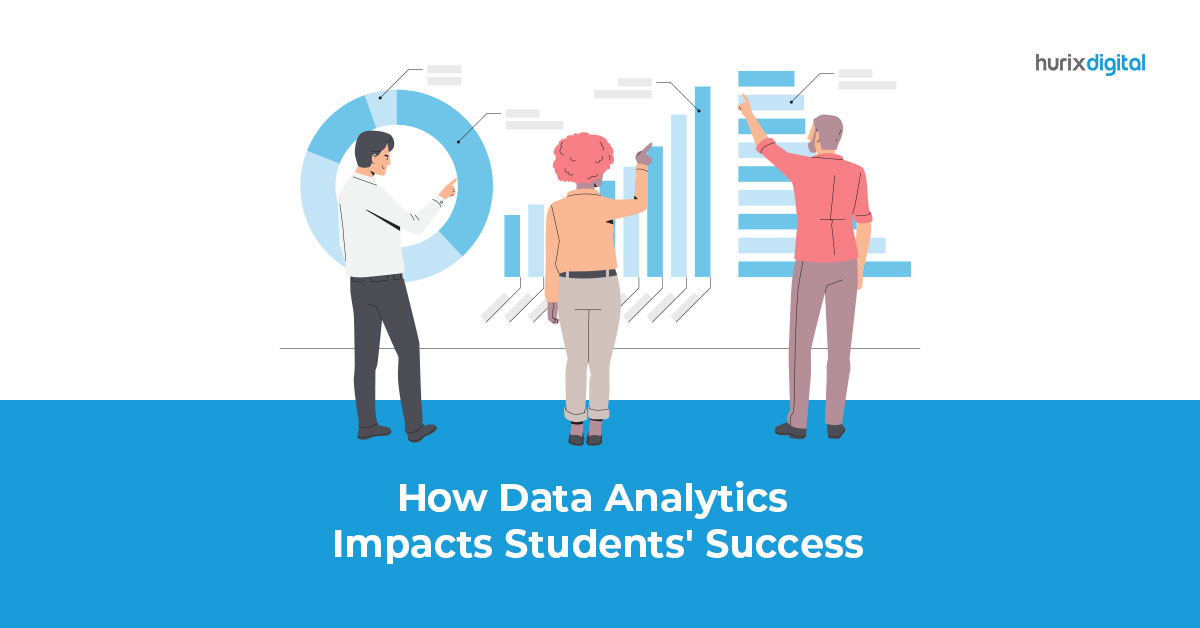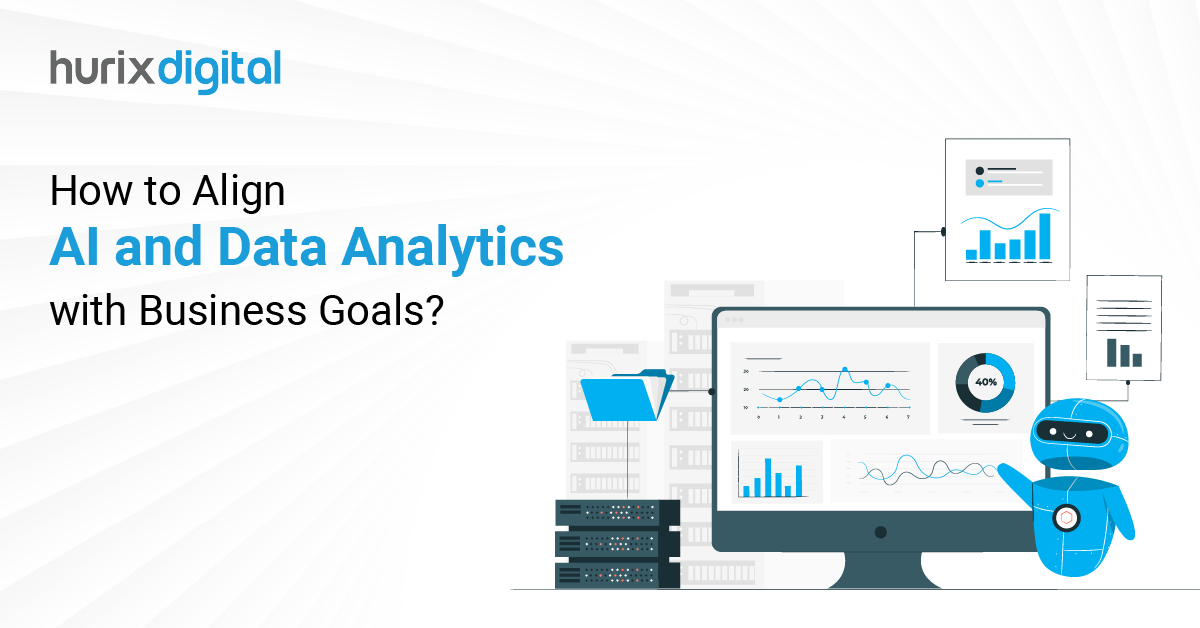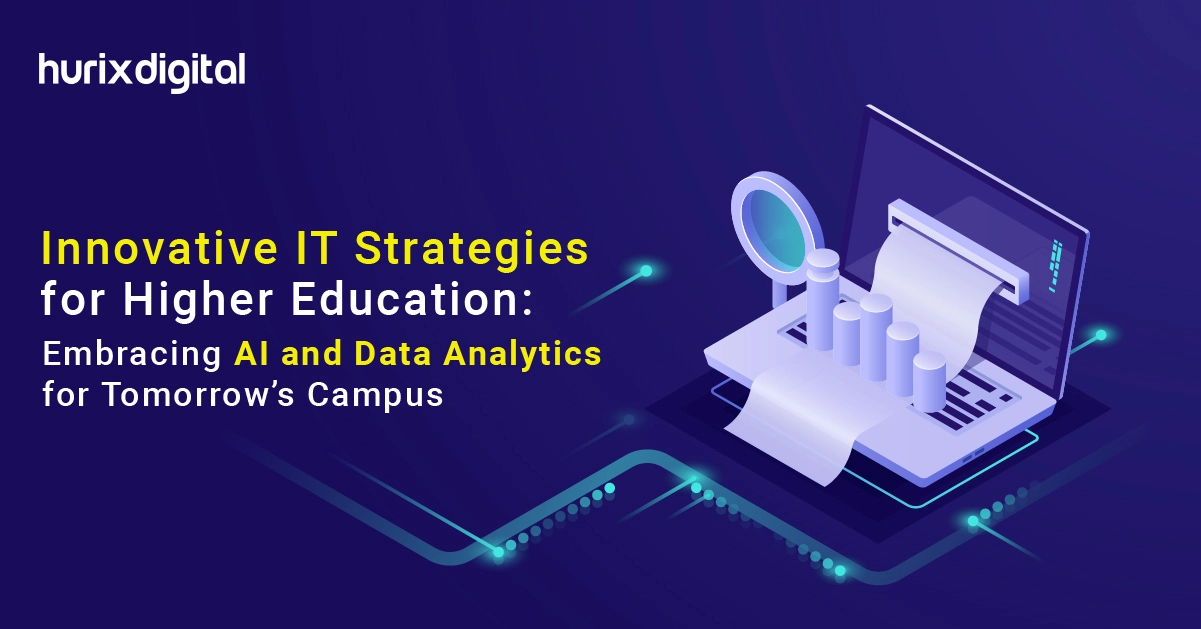
Boosting Student Employability with the Effective Use of Data
Summary
This blog explores how data analytics in career services at colleges is helping institutions align programs with industry needs, boost employability, and offer personalized guidance to job-ready, future-proof graduates.
Today, career services are becoming an important aspect of students’ educational experience, especially at the undergraduate and postgraduate levels.
According to a survey by The National Association of Colleges and Employers, students who used at least one career center service received an average of 1.24 job offers. This figure increased by 0.05 offers for every additional service they used.
Hence, a growing number of colleges are making early investments in bolstering activities such as career counseling, coaching, and industry engagements. Using data analytics in career services is helping institutions be more strategic and deliver high-impact career services.
Table of Contents:
- What is Data Analytics in Career Services?
- Why is Data Analytics Essential for Career Services?
- Data Analytics in Career Services: Key Strategies
- Analyze Student Performance & Engagement
- Analyze Market Trends & Employer Requirements
- Predict Learner Employability & Identify Skills Gaps
- Share Detailed Reports with Key Stakeholders
- Offer Personalized Career Coaching & Mentoring Services
- Upgrade Programs to be Industry-Relevant
- Measure the Effectiveness of Career Services
- Final Words
What is Data Analytics in Career Services?
Data analytics in career services refers to the analysis and application of data insights to bridge the gaps in employability services delivered by educational institutions to students. Educators can leverage this valuable data to build comprehensive strategies that make students job-ready and prepared for the future world of work.
Career services span a broad range of activities and events, which include:
- Resume-building support
- Job-interview preparation
- Internships
- Meaningful engagement with industry leaders
- Access to high-value alumni networks
- Skill-building and spotlight on emerging careers
- Events such as networking activities, panel discussions, and hackathons
- Entrepreneurship-focused support through accelerators and skill-building
Educational institutions must analyze the needs of students, the skill gaps, and industry requirements, and build a career services framework to ensure that the twain meets.
Also Read: Level Up Your Career: Top 5 Benefits of eLearning for Skill Enhancement
Why is Data Analytics Essential for Career Services?
Digital transformation has deeply influenced workplace evolution within a few years. By 2027, for instance, organizations estimate that 44% of core work skills will be disrupted due to the growing use of automation and AI and evolving market demands.
On the other hand, the number of higher-paid digital jobs worldwide is expected to grow to approximately 92 million. Learners are prioritizing admissions programs that are aligned with the changing dynamics in the workplace, with the aim of future-proofing themselves from job redundancy.
The impact of student debt has also made learners more alert about the potential to be employed after completing their programs, either by finding opportunities through jobs or becoming self-employed as consultants and entrepreneurs.
Educational institutes that prioritize data-driven career development can build their reputation in a competitive education landscape. They can boost learners’ career readiness, improve employability records, grow enrollments and student retention rates, and improve operational Return on Investment (ROI).
Data Analytics in Career Services: Key Strategies
Educational institutions can be considered a mix of seven strategies that harness the power of data analytics in career services.
Here are some key strategies to effectively implement data analytics in career services:
1. Analyze Student Performance & Engagement
Tracking learner performance and engagement offers insight into aspects such as learning effectiveness. Students’ performance in skill-focused tests, for instance, offers a realistic picture of their knowledge level and skill proficiency and their preparedness for the world of work.
Engagement rates inform them of whether learning resources and career services are useful. With access to such data insights, educational institutions can harness AI in career services to personalize the skill-building and growth journeys of students. This approach helps them expedite mastery in their chosen career.
2. Analyze Market Trends & Employer Requirements
Institutions must also raise awareness about market trends and the requirements of industrial leaders for potential recruits. For instance, they must be aware of in-demand skills and evolving trends, such as the role of AI in recruitment.
Access to big data in career planning enables educators to upgrade programs and career services and align them with industry trends.
3. Predict Learner Employability & Identify Skills Gaps
Today, a superior Learning Management System (LMS) comes equipped with predictive analytics for career services. This software harnesses AI to predict future trends using historical data.
For example, this approach enables career outcomes tracking; educational institutions can predict learners’ future performance and equip them with the tools to improve it. Institutions will also be in a position to predict skill gaps and course-correct early on.
4. Share Detailed Reports with Key Stakeholders
Educational institutions can customize dashboards to generate detailed reports as per their needs.
By sharing curated reports of data insights for career success with various stakeholders—educators and industry partners—institutions can translate their findings into actionable strategies that strengthen their career service offerings.
5. Offer Personalized Career Coaching & Mentoring Services
Students pursuing the same stream may have diverse aspirations. Some may have their sights set on corporate jobs, others may want to work as independent consultants, and a third category may want to pursue entrepreneurship.
Access to student data enables educational institutions to nurture various aspirations via personalized career counseling, coaching, and mentorship services. For instance, a job-seeker can be guided toward relevant industry internships, resume-writing, and interviewing skill programs. Inspirational entrepreneurs can benefit from access to accelerators and pitch competitions.
6. Upgrade Programs to be Industry-Relevant
Today, more businesses hire for skills rather than merely degrees. Using analytics-driven decision-making, institutions can enrich their programs by focusing more on skill-building modules. For instance, introducing live simulations through technologies such as Virtual Reality (VR) and Augmented Reality (AR) can help students build skills in a dynamic, low-risk environment.
7. Measure the Effectiveness of Career Services
Institutions must set Key Performance Indicators (KPIs) and capture data that reveals the effectiveness of career services.
Some examples of KPIs include:
- Number of students pursuing internships
- Placements at top organizations
- Learner engagement in industry-related activities and participation in alumni networks
- Impact of coaching and mentorship
- Number of learners pursuing alternate credentials, such as short-term certifications
Also Read: 13 Ways eLearning Platforms Can Help You Achieve Your Career Goals
Final Words
Today, the high cost of living, coupled with the rising cost of educational programs, is nudging students to seek a higher ROI when applying to colleges.
Alongside the quality of education, students are carefully evaluating the impact of an institution’s career services. Early investments in data analytics in career services can help educational institutions stay relevant to future generations of learners.
Institutions looking to boost the impact of career service solutions must have the tools to harness the power of data analytics effectively.
Hurix Digital specializes in predictive data analytics, offering innovative solutions that can transform your entire learning ecosystem. Our expertise enables organizations to not only enhance their career services but also adapt to the rapidly evolving demands of the job market.
Get in touch with us to start a conversation!

Currently serving as the Vice President of Technology Delivery Operations at HurixDigital, a prominent global provider of digital content and technology solutions for publishers, corporations, and educational institutions. With over 16 years of experience spanning EdTech and various domains, I hold certification as a SCRUM Product Owner (CSPO). My expertise includes operations, finance, and adept people management skills.







